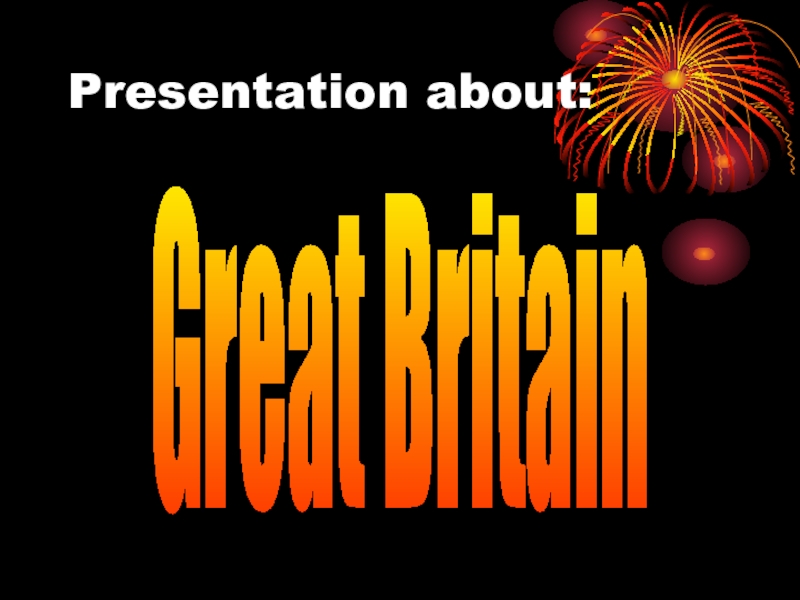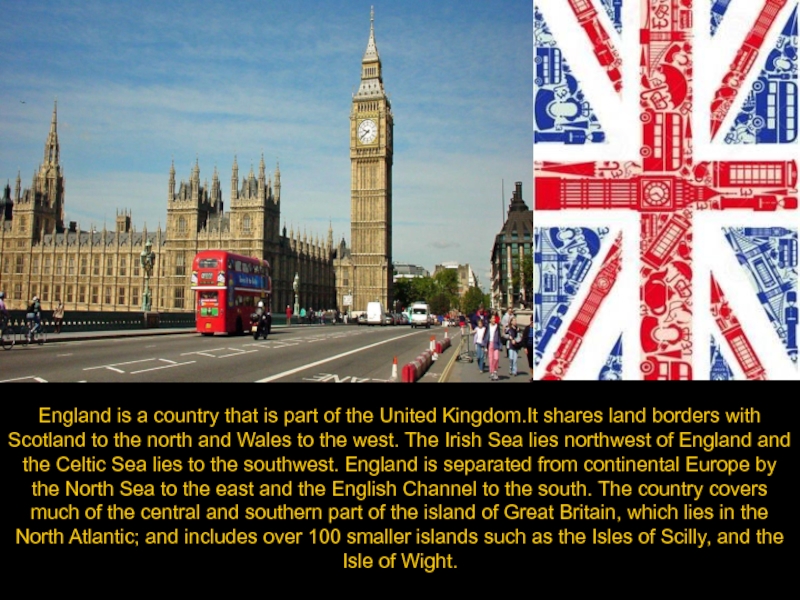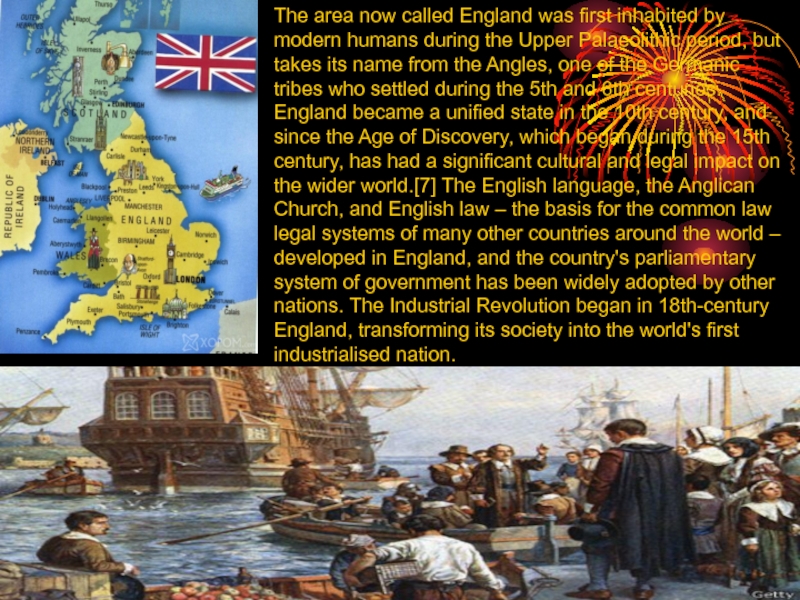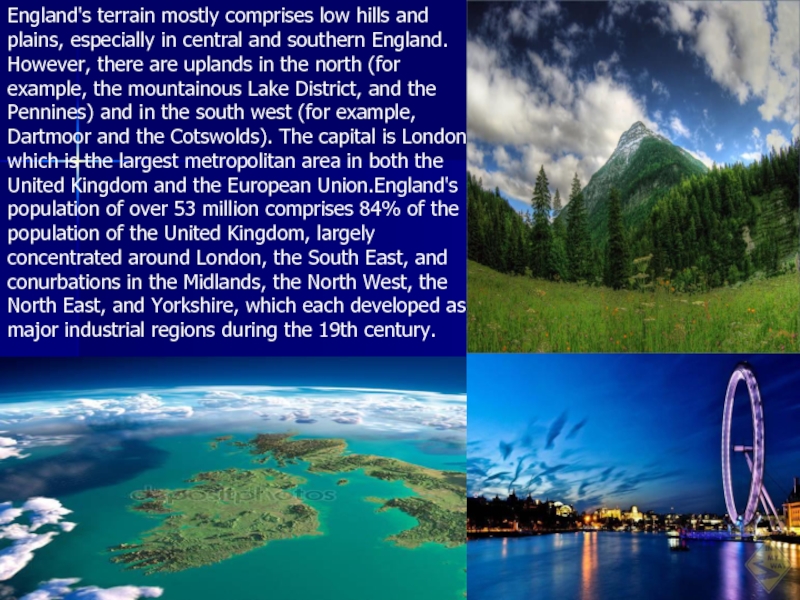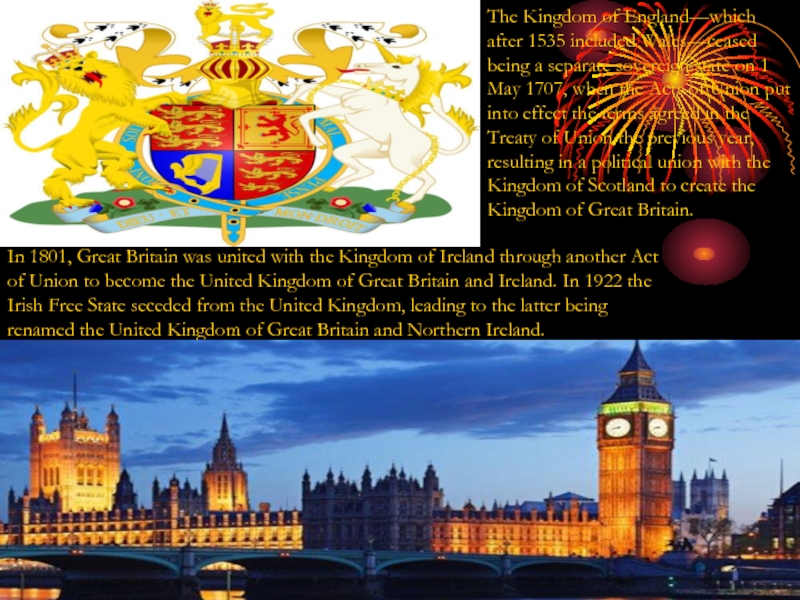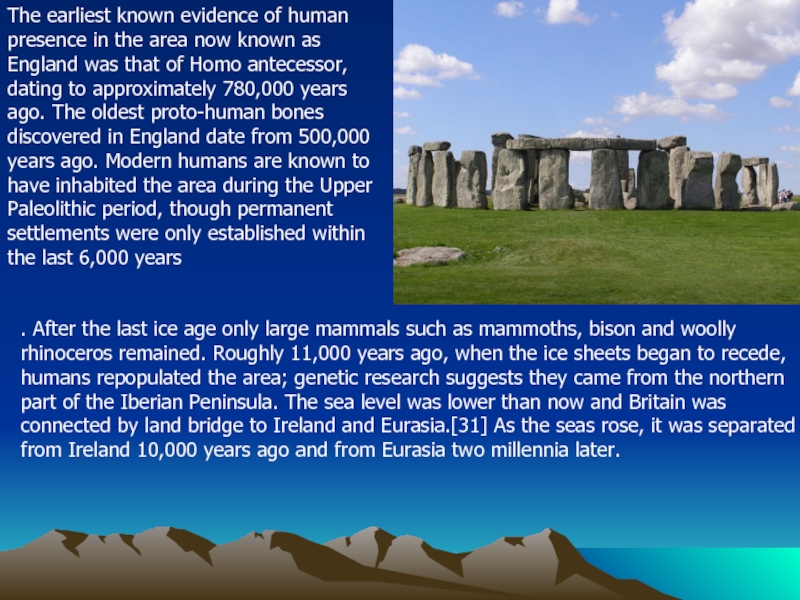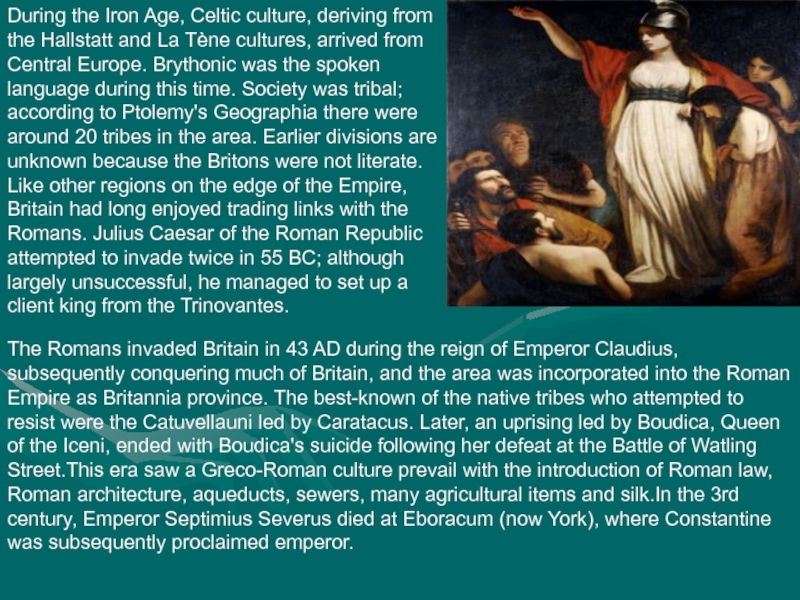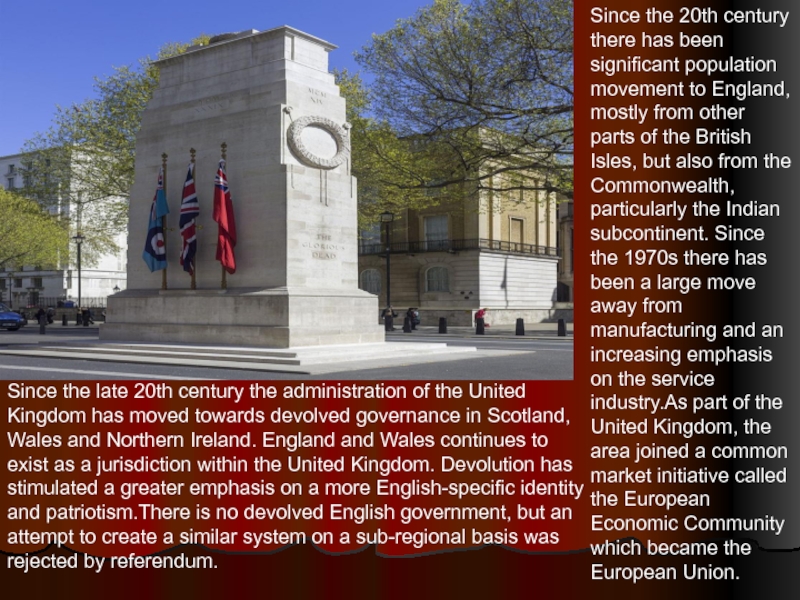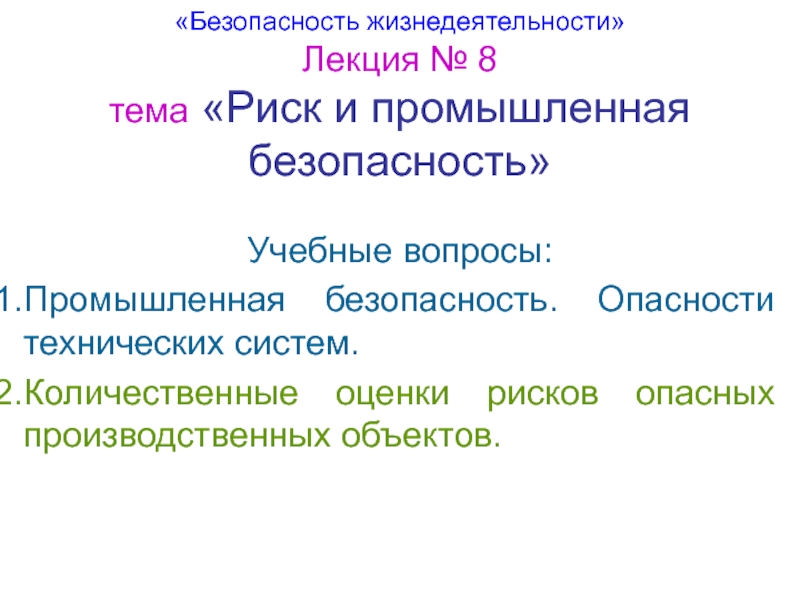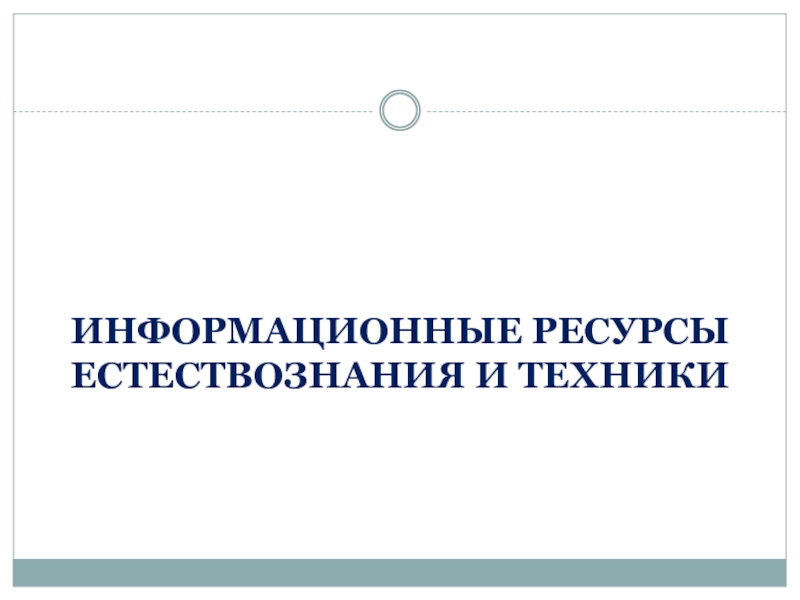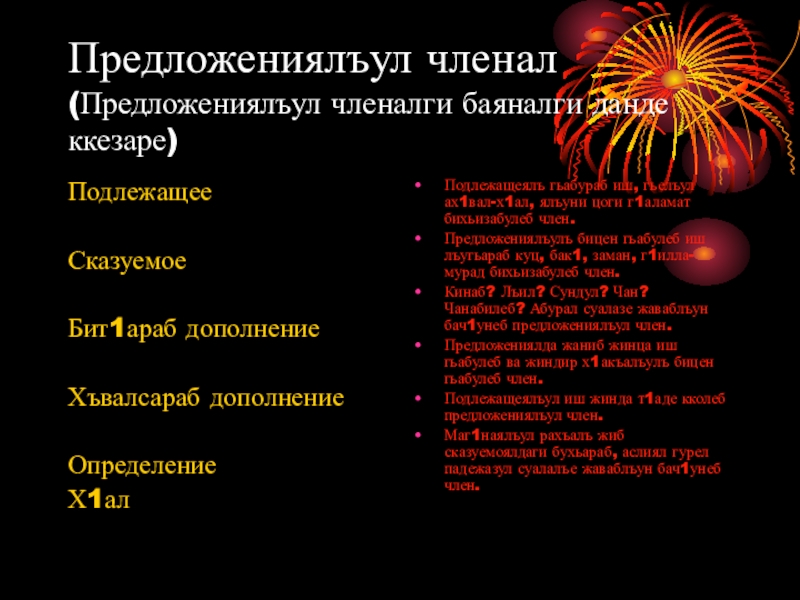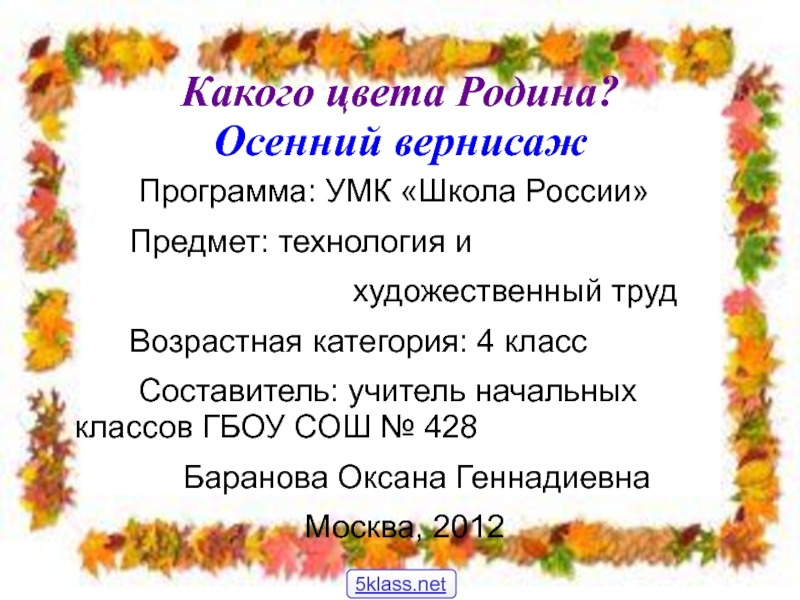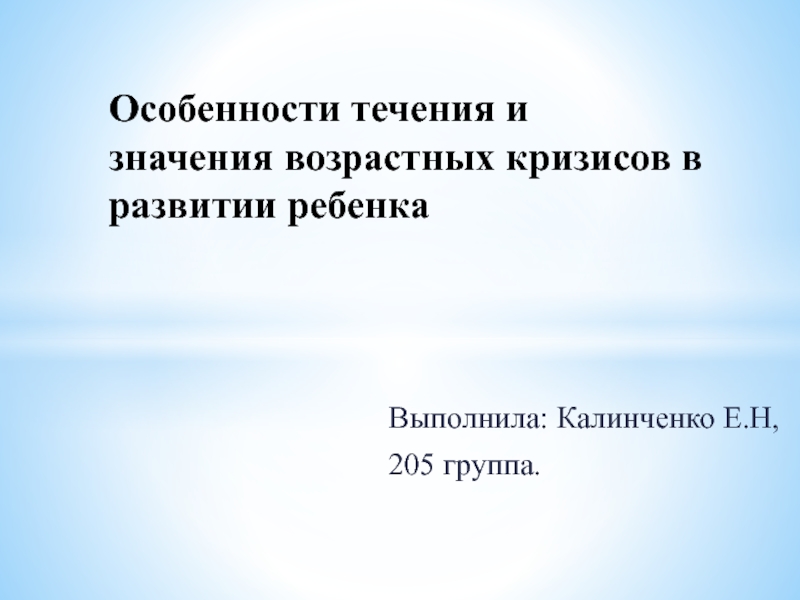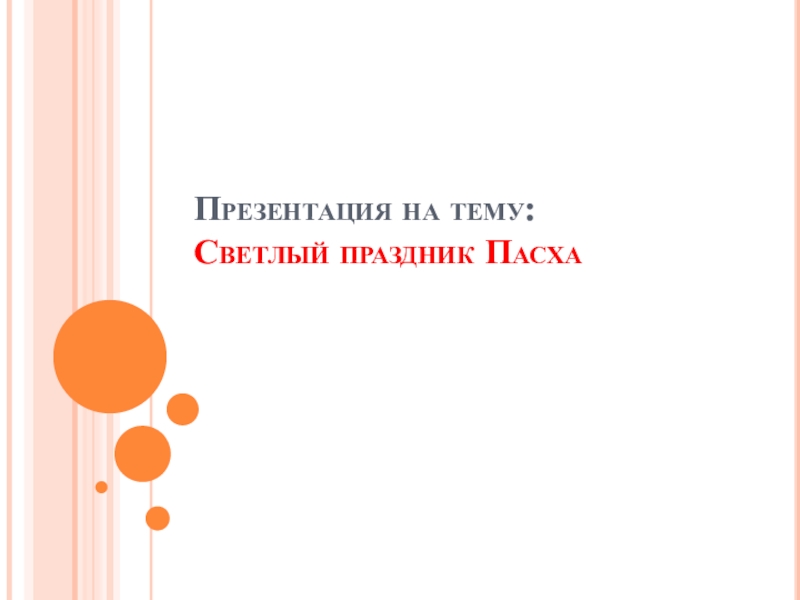Разделы презентаций
- Разное
- Английский язык
- Астрономия
- Алгебра
- Биология
- География
- Геометрия
- Детские презентации
- Информатика
- История
- Литература
- Математика
- Медицина
- Менеджмент
- Музыка
- МХК
- Немецкий язык
- ОБЖ
- Обществознание
- Окружающий мир
- Педагогика
- Русский язык
- Технология
- Физика
- Философия
- Химия
- Шаблоны, картинки для презентаций
- Экология
- Экономика
- Юриспруденция
Presentation about:
Содержание
- 1. Presentation about:
- 2. England is a country that is part
- 3. The area now called England was first
- 4. England's terrain mostly comprises low hills and
- 5. The Kingdom of England—which after 1535 included
- 6. . After the last ice age only
- 7. During the Iron Age, Celtic culture, deriving
- 8. Since the late 20th century the administration
- 9. Thank you for attentionThe presentation was performedIlashchuk EmiliaChernovtsy2016
- 10. Скачать презентанцию
Слайды и текст этой презентации
Слайд 3The area now called England was first inhabited by modern
humans during the Upper Palaeolithic period, but takes its name
from the Angles, one of the Germanic tribes who settled during the 5th and 6th centuries. England became a unified state in the 10th century, and since the Age of Discovery, which began during the 15th century, has had a significant cultural and legal impact on the wider world.[7] The English language, the Anglican Church, and English law – the basis for the common law legal systems of many other countries around the world – developed in England, and the country's parliamentary system of government has been widely adopted by other nations. The Industrial Revolution began in 18th-century England, transforming its society into the world's first industrialised nation.Слайд 4England's terrain mostly comprises low hills and plains, especially in
central and southern England. However, there are uplands in the
north (for example, the mountainous Lake District, and the Pennines) and in the south west (for example, Dartmoor and the Cotswolds). The capital is London, which is the largest metropolitan area in both the United Kingdom and the European Union.England's population of over 53 million comprises 84% of the population of the United Kingdom, largely concentrated around London, the South East, and conurbations in the Midlands, the North West, the North East, and Yorkshire, which each developed as major industrial regions during the 19th century.Слайд 5The Kingdom of England—which after 1535 included Wales—ceased being a
separate sovereign state on 1 May 1707, when the Acts
of Union put into effect the terms agreed in the Treaty of Union the previous year, resulting in a political union with the Kingdom of Scotland to create the Kingdom of Great Britain.In 1801, Great Britain was united with the Kingdom of Ireland through another Act of Union to become the United Kingdom of Great Britain and Ireland. In 1922 the Irish Free State seceded from the United Kingdom, leading to the latter being renamed the United Kingdom of Great Britain and Northern Ireland.
Слайд 6. After the last ice age only large mammals such
as mammoths, bison and woolly rhinoceros remained. Roughly 11,000 years
ago, when the ice sheets began to recede, humans repopulated the area; genetic research suggests they came from the northern part of the Iberian Peninsula. The sea level was lower than now and Britain was connected by land bridge to Ireland and Eurasia.[31] As the seas rose, it was separated from Ireland 10,000 years ago and from Eurasia two millennia later.The earliest known evidence of human presence in the area now known as England was that of Homo antecessor, dating to approximately 780,000 years ago. The oldest proto-human bones discovered in England date from 500,000 years ago. Modern humans are known to have inhabited the area during the Upper Paleolithic period, though permanent settlements were only established within the last 6,000 years
Слайд 7During the Iron Age, Celtic culture, deriving from the Hallstatt
and La Tène cultures, arrived from Central Europe. Brythonic was
the spoken language during this time. Society was tribal; according to Ptolemy's Geographia there were around 20 tribes in the area. Earlier divisions are unknown because the Britons were not literate. Like other regions on the edge of the Empire, Britain had long enjoyed trading links with the Romans. Julius Caesar of the Roman Republic attempted to invade twice in 55 BC; although largely unsuccessful, he managed to set up a client king from the Trinovantes.The Romans invaded Britain in 43 AD during the reign of Emperor Claudius, subsequently conquering much of Britain, and the area was incorporated into the Roman Empire as Britannia province. The best-known of the native tribes who attempted to resist were the Catuvellauni led by Caratacus. Later, an uprising led by Boudica, Queen of the Iceni, ended with Boudica's suicide following her defeat at the Battle of Watling Street.This era saw a Greco-Roman culture prevail with the introduction of Roman law, Roman architecture, aqueducts, sewers, many agricultural items and silk.In the 3rd century, Emperor Septimius Severus died at Eboracum (now York), where Constantine was subsequently proclaimed emperor.
Слайд 8Since the late 20th century the administration of the United
Kingdom has moved towards devolved governance in Scotland, Wales and
Northern Ireland. England and Wales continues to exist as a jurisdiction within the United Kingdom. Devolution has stimulated a greater emphasis on a more English-specific identity and patriotism.There is no devolved English government, but an attempt to create a similar system on a sub-regional basis was rejected by referendum.Since the 20th century there has been significant population movement to England, mostly from other parts of the British Isles, but also from the Commonwealth, particularly the Indian subcontinent. Since the 1970s there has been a large move away from manufacturing and an increasing emphasis on the service industry.As part of the United Kingdom, the area joined a common market initiative called the European Economic Community which became the European Union.
